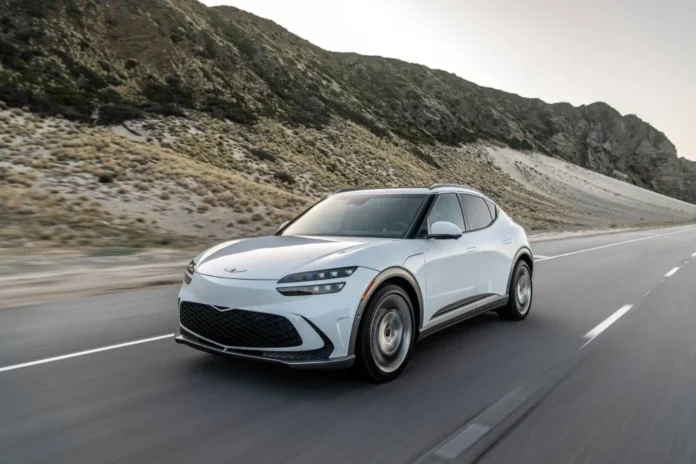Two cold regions in the U.S. are getting a massive infusion of funds to swap fossil-fueled furnaces, boilers, and water heaters for heat pumps.
In late July, the initiatives — one based in New England, the other in Alaska — were among the 25 projects selected by the U.S. Environmental Protection Agency for a share of $4.3 billion in Climate Pollution Reduction Grants. The program is one of the many heads of the clean-energy hydra that is the landmark 2022 Inflation Reduction Act.
These states, which endure frosty weather, will use the money over five years to boost the hottest of home climate solutions: wildly efficient electric heat pumps. Southeast Alaska will receive $38.6 million to shift more than 6,000 homes from expensive heating oil to heat pumps. The coalition of Connecticut, Maine, Massachusetts, New Hampshire, and Rhode Island will receive $450 million for the New England Heat Pump Accelerator, a program to supercharge heat-pump deployment in the region.
“This investment will be transformational for our region, and … a great model to support heat-pump adoption elsewhere in the country,” said Katie S. Dykes, commissioner of the Connecticut Department of Energy and Environmental Protection, which leads the New England coalition.
Heat pumps are essential to the clean energy transition. They can slash household carbon emissions by 36 to 64 percent compared with furnaces and boilers, according to the National Renewable Energy Laboratory. And when heat pumps are in other appliances — like water heaters and clothes dryers — they displace fossil-fuel use even more.
In 2023, heat pumps outsold gas furnaces for the second year in a row, a testament to their growing popularity. But adoption has a long way to go: Heat-pump units made up 55 percent of heating sales last year, a figure that needs to climb to 100 percent by 2035, per electrification nonprofit Rewiring America. As of last fall, just 16 percent of U.S. homes had the tech.
One hurdle to widespread adoption of heat pumps is the myth that they don’t work in cold climates. In fact, the technology has matured such that some models operate below –10 degrees Fahrenheit. Even Maine, known for some of the country’s chilliest winters, has embraced the clean-heating appliance. The state blew past its initial goal to install 100,000 heat pumps by 2025; it plans to deploy 175,000 more by 2027.
By getting more heat pumps into homes, the new federal grant funding for New England and Southeast Alaska could provide yet more examples like Maine’s to help bolster heat pumps’ cold-weather credibility.
The grants also take direct aim at another key hurdle — cost — by subsidizing the tech to various degrees, with a focus on marginalized communities. The programs build on local efforts as well as other IRA incentives that include tax credits, available now, and rebates that are just starting to roll out.
With the U.S. presidential election looming, fear is in the air about whether the federal grants could be clawed back. However, EPA Administrator Michael S. Regan appeared confident, in a call with reporters, that the federal funding would make it out the door. “This money will be obligated to the recipients this fall” — well before inauguration day.
New England’s heat-pump push
Central to the New England Heat Pump Accelerator’s approach is providing incentives to manufacturers and wholesale distributors, which operate across state borders. The details are still being worked out, but distributors, for example, may receive up to a $1,000 incentive for each heat pump, get to keep 20 to 30 percent, and pass along the rest to contractors and customers.

Source link by Canary Media
Author Alison F. Takemura
#England #Alaska #deploy #lot #heat #pumps








